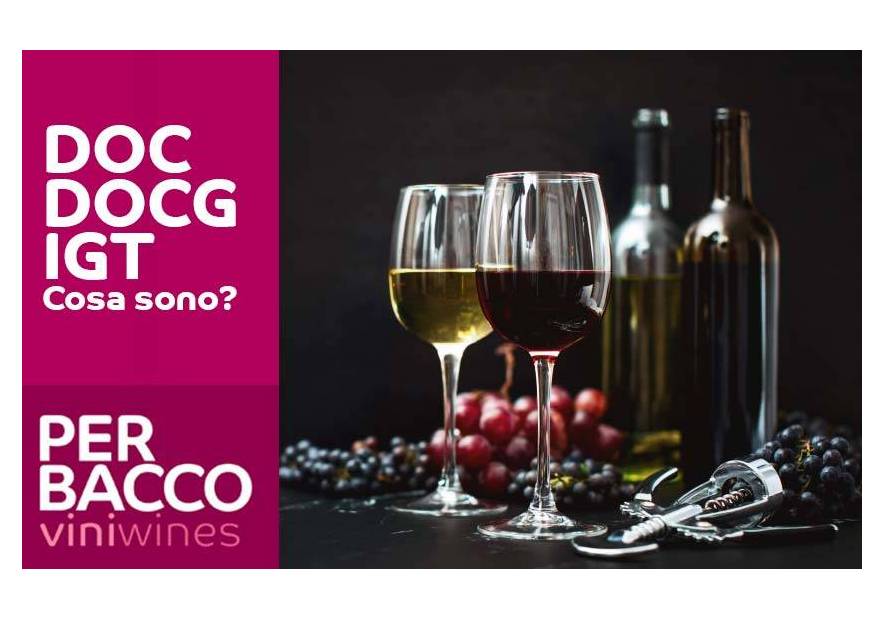DOC, DOGC, and IGT: What are they?

DOC, DOGC, and IGT are acronyms used in Italy to indicate different categories of wines based on their origin and compliance with production rules. These abbreviations are part of the Italian wine denomination system, which aims to guarantee the quality and typicality of the products.
DOC: Denominazione di Origine Controllata
The Denominazione di Origine Controllata (DOC) is a category of wines that indicates a controlled geographical origin and guarantees that the wine is produced according to specific rules of grape cultivation and winemaking methods specific to that area. The established rules for each DOC must be strictly followed to obtain the designation. DOC wines represent regional wine traditions and are controlled by a dedicated commission.
DOCG: Denominazione di Origine Controllata e Garantita
The Denominazione di Origine Controllata e Garantita (DOCG) is the superior category compared to DOC. This designation guarantees a higher level of quality and imposes even stricter restrictions on production practices. Wines that receive the DOGC designation undergo rigorous controls and must pass a series of organoleptic tests before being bottled. Only a few Italian wines fall into the DOGC category.
IGT: Indicazione Geografica Tipica
The Indicazione Geografica Tipica (IGT) is a broader category compared to DOC and DOGC and offers greater flexibility in wine production. This designation was introduced to include wines that can be produced outside the strict constraints of DOC or DOGC, but still respect the characteristics of the specific region in which they are produced. IGT wines offer producers greater freedom in the choice of grapes and winemaking techniques.
In summary, DOC, DOGC, and IGT are categories that help identify Italian wines based on their origin and compliance with production rules. DOC and DOGC designations are more specific and rigid, while IGT is more flexible but still linked to the region of origin.




Leave a comment